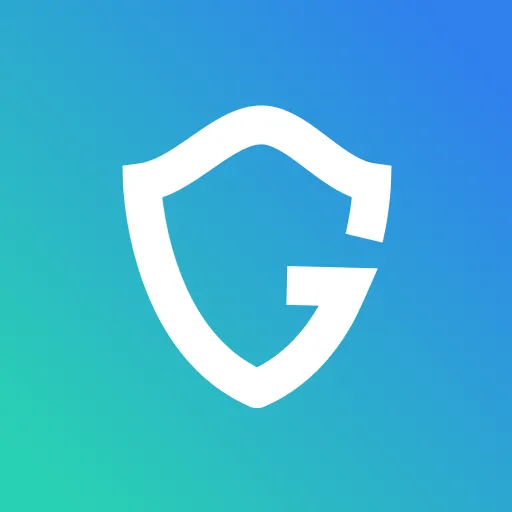How to Protect Your Crypto Wallet: Avoid Phishing & Scams

Key Takeaways
As cryptocurrencies grow in popularity, so do the threats targeting users. Scammers and hackers are constantly developing new tactics to steal digital assets, making it essential for every crypto holder to stay vigilant. Whether you're new to crypto or a seasoned investor, protecting your wallet is a must. From steering clear of public Wi-Fi to securing your private keys and using cold storage, adopting a few smart practices can help keep your funds safe from phishing attacks and online scams. Here's how to stay one step ahead and keep your crypto secure.
{{component-cta-custom}}
Top Tips to Protect Your Crypto Wallet From Common Threats
1. Use a Secure Internet Connection
When connecting to the internet, use only secure networks. Avoid public Wi-Fi hotspots at all costs, as they're easy prey for hackers looking to steal information.If you must use public Wi-Fi, protect your traffic by installing a Virtual Private Network (VPN) on your device.
A VPN will encrypt all the data sent from your device to the internet, making it unreadable to anyone who may be trying to intercept your information.
2. Never Share Your Private Key or Backup Phrase
Your private key is what grants you access to your wallet and should never be shared with anyone. Likewise, your backup phrase should also be kept secret, as it can be used to restore your wallet if you lose access to it.
3. Run a free security scan in a few clicks
If you must write down your private key or backup phrase, store it in a secure location, such as a locked drawer or safe.
4. Use a Cold Wallet
A cold wallet, often known as a hardware wallet, is a physical device that secures your cryptocurrency. It is usually in the form of a USB flash drive. Taking your assets offline protects you from hacking and other internet assaults.
5. Keep Your Software Up to Date
Like any other software on your computer, keeping your crypto wallets up to date is essential. Wallet providers will release updates from time to time, including security patches for newly discovered vulnerabilities.By running the latest version of your wallet software, you'll ensure that you have the latest security measures.
Guardio is a Chrome extension that monitors suspicious activity and blocks hackers from stealing your data.
Run a free security scan in a few clicks

Over one million people use Guardio to keep themselves safe as they browse the web. It’s rated “Excellent” on TrustPilot with 4.5 stars from 1,552 reviews.
6. Do Your Research
When choosing a cryptocurrency wallet, it's essential to do your research. Not all wallets are created equal, and some may not offer the features or level of security that you're looking for.Be sure to read reviews and compare features before settling on a wallet provider.
7. Additional Security Measures
- Two-factor authentication
- Multi-signature wallets
- Backups and restoration
- Watch out for phishing attacks
- Monitor your activity logs
{{component-tips}}
Conclusion
As the crypto world continues to evolve, so do the tactics of cybercriminals. Staying one step ahead means taking proactive steps to secure your wallet whether that's using a VPN, keeping your private keys offline, or simply staying informed. By following these essential practices, you can drastically reduce your risk of falling victim to phishing scams or wallet hacks.
{{component-cta-custom}}








